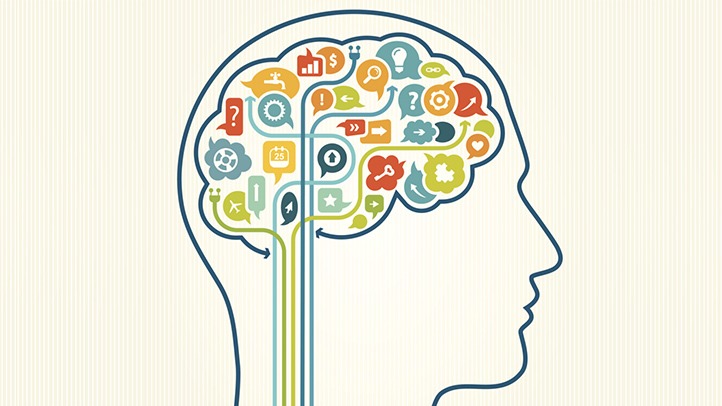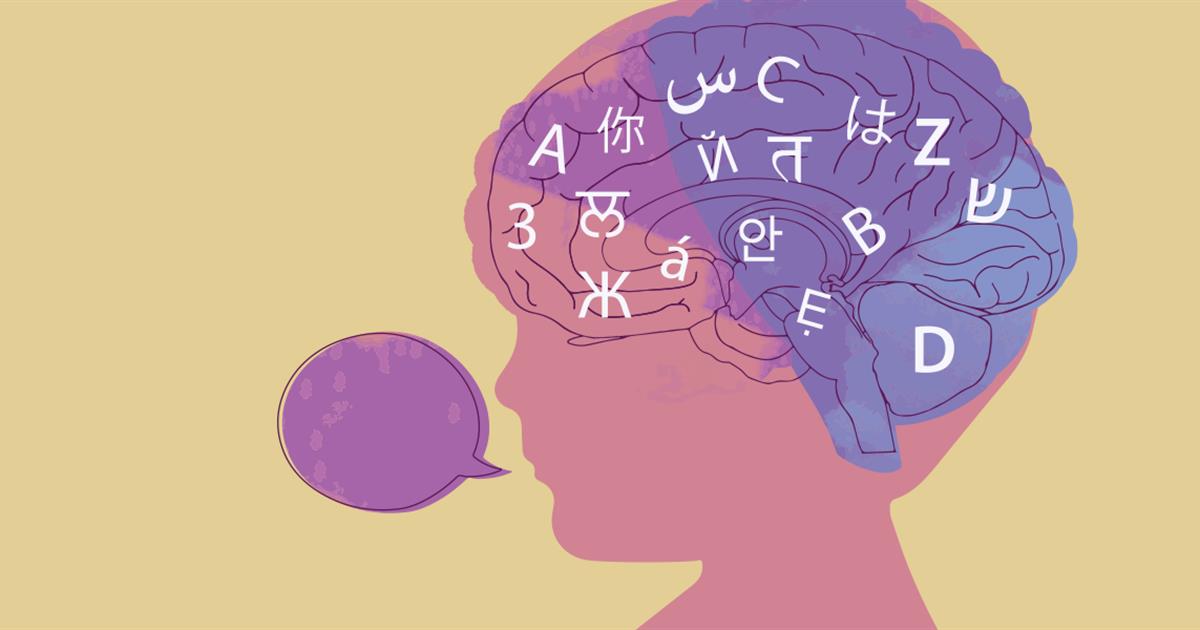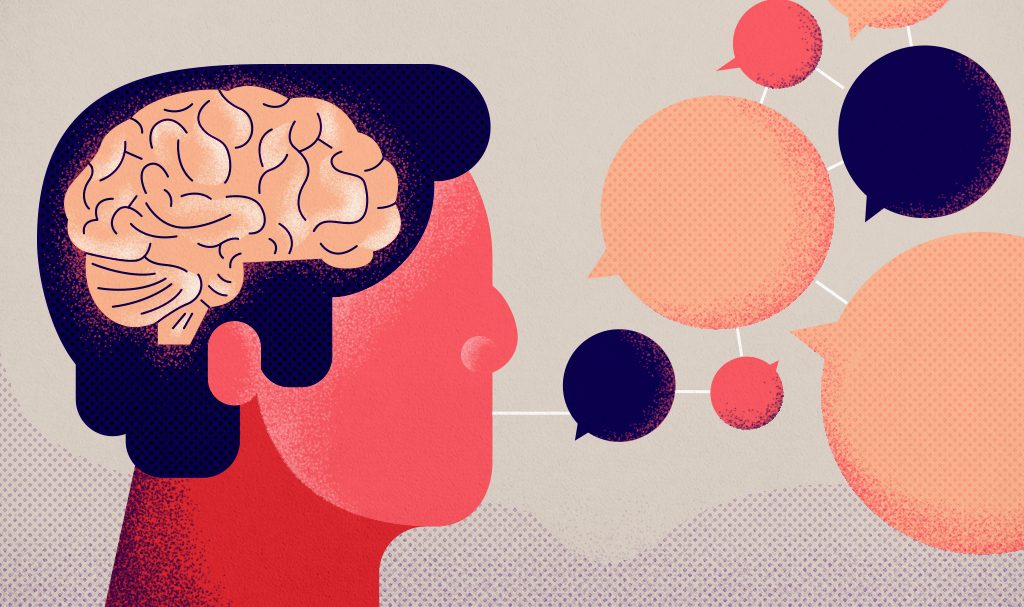Bilingualism and multilingualism have become integral components of today’s academic settings, profoundly influencing the educational landscape. The term bilingualism refers to the ability to understand and communicate in two languages, while multilingualism extends this capability to more than two languages. These linguistic skills are no longer just a cultural or social asset; they have become pivotal in enhancing academic performance across various educational platforms. In environments where diversity and global connectivity are valued, bilingualism and multilingualism stand out as crucial skills.
The prevalence of bilingualism in academic environments is a reflection of our increasingly interconnected world. Educational institutions, from primary schools to universities, are embracing linguistic diversity, recognizing the benefits of bilingualism in learning. This shift is not only about language acquisition but also about the cognitive and social advantages it brings. Bilingualism enables students to access information from a wider range of sources, understand different cultural perspectives, and engage in more inclusive and global dialogues.

Furthermore, bilingualism in education is not just about being fluent in two languages, it also involves what is known as receptive bilingualism – the ability to understand a second language without necessarily speaking it fluently. This form of bilingualism is particularly beneficial in academic settings where comprehension of texts and lectures in another language can significantly enhance learning. Additionally, the concept of additive bilingualism, where the acquisition of a second language adds to the knowledge of the first without replacing or diminishing it, is vital in educational contexts. It enables students to build on their existing linguistic knowledge while embracing new linguistic structures, vocabulary, and modes of expression.

The Cognitive Benefits of Being Bilingual for Students
The cognitive benefits of bilingualism are far-reaching, especially in an academic context. Being bilingual enhances various cognitive abilities, including problem-solving, memory, and creativity, which are fundamental to academic success. The process of learning and using more than one language involves complex cognitive functions, such as switching between languages, which strengthens the brain’s executive functions. This mental exercise enhances cognitive flexibility, allowing students to adapt to new situations and solve problems more effectively.
Bilingual students often exhibit superior problem-solving skills. The ability to think in different languages enables them to approach problems from multiple perspectives, a skill highly valued in academic and professional settings. This bilingual advantage extends to critical thinking, allowing students to analyze and evaluate information more thoroughly. In subjects that require analytical skills, such as mathematics and science, bilingual students often outperform their monolingual peers.Bilingual students also display enhanced memory retention, a key factor contributing to their academic success. This memory enhancement, particularly evident in tasks involving complex information processing, further complements their essay writing skills. The integration of bilingualism into educational strategies can significantly boost cognitive abilities and academic performance, particularly in essay writing and other areas requiring deep comprehension and articulation.

Bilingualism and Essay Writing Skills
The impact of bilingualism on essay writing skills is significant and multifaceted. Being bilingual enhances a student’s language skills, which are directly transferable to essay writing. This linguistic proficiency allows bilingual students to express their thoughts and ideas more clearly and creatively. They have access to a broader vocabulary and a deeper understanding of different grammatical structures and language nuances. This ability to manipulate language effectively is a key component of successful essay writing.
Bilingual students often demonstrate a higher level of language awareness, understanding not only what to say but how to say it effectively. This skill is particularly useful in crafting persuasive and coherent arguments, an essential aspect of essay writing. Additionally, exposure to different linguistic structures and expressions in multiple languages can inspire more creative and sophisticated writing styles. Bilingual students can draw upon a rich tapestry of linguistic knowledge, enabling them to write essays that are engaging, well-structured, and insightful.
Furthermore, bilingualism can be a significant advantage when using various essay services. A good grasp of language enhances the ability to communicate effectively with essay writing services, ensuring that the student’s needs and expectations are clearly understood. Whether it’s an essay writing service, essay writer service, or a college essay writing service, bilingual students are better equipped to articulate their requirements and engage with the feedback provided. They can also critically evaluate the quality of the work received, making sure it meets the required academic standards.

Case Studies and Research Findings
Case studies and research findings offer compelling evidence of the positive impact of bilingualism on students’ academic success. Numerous studies have highlighted the cognitive and educational advantages that bilingual students enjoy. These advantages are evident across various academic disciplines and age groups, demonstrating the universal benefits of bilingualism in education. One notable study found that bilingual students performed better in reading and mathematics tests compared to their monolingual peers. This study attributed the improved performance to the enhanced cognitive skills associated with bilingualism, such as better memory, increased attentional control, and superior problem-solving abilities. Another research project showed that bilingual students were better at multitasking and focusing on relevant information, skills that are crucial in a fast-paced academic environment.

Resources and Tips for Bilingual Students
For bilingual students seeking to enhance their academic success, numerous language resources and study tips are available. These language resources range from online language learning platforms and bilingual dictionaries to multilingual books and academic articles. Utilizing these tools is crucial for students aiming to improve their language proficiency and academic performance. Language learning websites and apps, such as Duolingo, Babbel, and Rosetta Stone, are key language resources offering interactive methods to practice and enhance language skills. These platforms often include varied exercises for reading, writing, listening, and speaking, ensuring a comprehensive language learning experience. Bilingual dictionaries, available both in print and online, are indispensable for grasping and learning new vocabulary and expressions. Reading books, especially those in the student’s second language, can significantly aid in improving language skills and cultural understanding.
In addition to accessing these language resources, bilingual students can benefit from specific study tips to maintain language balancing in an academic context. Effective time management is essential; students should dedicate distinct times for studying and practicing each language, promoting language balancing. This approach ensures that both languages receive equal attention and development. Another beneficial study tip is to actively use both languages in academic tasks, like taking notes in one language and writing essays in another. This practice not only enhances linguistic flexibility but also reinforces overall learning.

Encouragement for Embracing Bilingualism
In conclusion, the benefits of bilingualism in an academic context are clear. From cognitive enhancements to improved essay writing skills, bilingual education offers significant academic advantages. Students are encouraged to embrace and utilize their bilingual abilities in their academic pursuits. Language learning is not just a cultural or communicative asset but a key tool in maximizing academic success. By embracing bilingualism, students open doors to new opportunities, broader perspectives, and a deeper understanding of the world and their place in it.